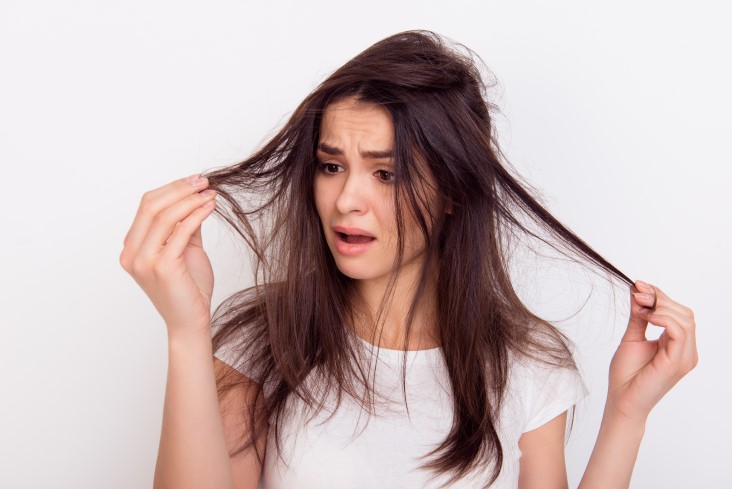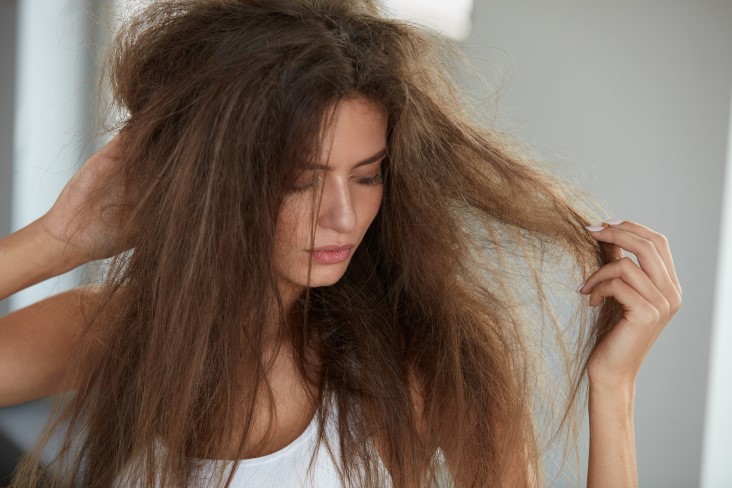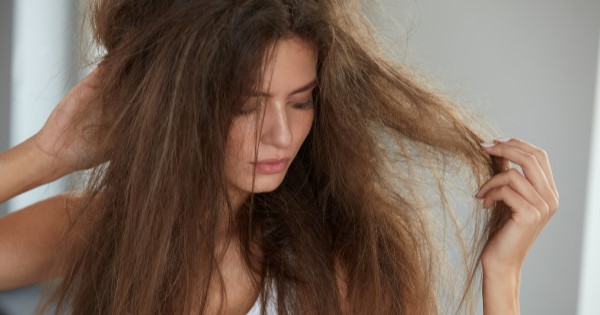
If you’re only slightly involved in the beauty community, you’ve probably heard people talk about “hair types” without really knowing what it means. Sure, you’ve heard people mention “greasy hair” or “thin hair,” but what does any of that really mean?
The key to achieving healthy hair is to understand what’s making it unhealthy in the first place. Here are some of the most common hair issues, as well as how you can tell if your hair falls under these umbrellas.
Greasy Hair
It’s usually pretty easy to spot greasy hair.
Especially greasy hair will often literally look greasy; you can see sheen on the hair close to the root. You’re more prone to having greasy hair if you have a lot of acne or you have oily skin. Many people develop acne because their skin produces too much sebum, and that’s a big player in greasy hair.
Dry Hair
If greasy hair is a bad thing, then surely dry hair is good, right?
Not quite, because if your hair isn’t moisturized enough, it can quickly become lifeless and dull. Skin conditions can be helpful in identifying dry hair as well. If you’re prone to cracked and chapped skin, then your hair may be at risk for becoming dry.
Brittle Hair
If you leave dry hair untreated, it’s likely to become brittle.
At its worst, brittle hair can literally begin to break, causing it to feel rough to the touch. By looking out for dry hair, you can usually avoid brittle hair. The easiest test for brittle hair is how easily it breaks. If you find lots of hair on your hair brush every morning, then you may be working with brittle, damaged hair.
Thin Hair
Usually, the biggest issue with thin hair is how difficult it is to style.
If you have naturally thinner hair, you’re going to have a harder time pulling off luscious, voluminous looks. If your hair is very light, and you have a hard time getting it to stay in a specific style, it’s likely that you have thin hair.
Flat Hair
While there’s nothing necessarily wrong with flat hair, you’ll have to treat it differently than if your hair had more volume.
Many popular hairstyles rely heavily upon volume. Voluminous curls, soft bobs, and even long locks require some form of lift to your hair. Individuals with flat hair also usually have a hard time getting volume without frizz. If you find that your hair frizzes up when you try to pull it up, or your hair lies very close to your scalp, it’s probably flat.
Frizzy Hair

There’s a substantial difference between frizzy hair and curly hair, although curly hair can easily become frizzy.
Hair frizz usually occurs because of dehydration. Rather than allowing your hair to sit smoothly, the dehydration causes it to brush up against the rest of your hair, creating a poof that looks anything but natural. You can usually tell that you’re working with frizzy hair if your hair refuses to be tamed, even when you brush it down.
Dandruff
Although dandruff isn’t a hair type, it’s still an incredibly important part of evaluating hair issues.
Dandruff is very common, and it’s easy to spot. It usually presents as dead skin cells that flake off your scalp when you run your fingers through your hair. While it’s not dangerous, it can be embarrassing, and it can definitely ruin a hairstyle. You can actually get dandruff because of oily or dry skin, which is why it’s so important to stay right in the middle.
What Should I Do About My Hair Issues?
If you’ve never addressed your hair issues specifically, don’t worry; you can start today! It’s never too late to fix the damage that’s been done to your hair, and by getting a salon treatment and some expert advice, you can get yourself back on the right track. Visit an Ogle School salon today to get started on the road to healthy hair.



